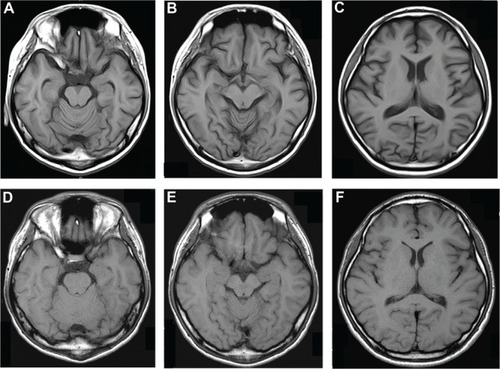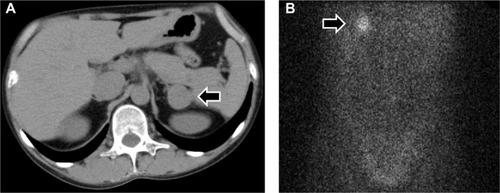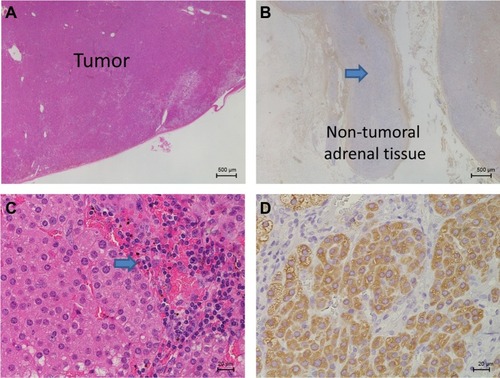Figures & data
Figure 1 Transverse T1-weighted magnetic resonance images of the brain.

Figure 2 Radiological findings.

Table 1 Laboratory findings in August 2011
Figure 3 Histological findings of the resected left adrenal gland.

Register now or learn more
Open access
Figure 1 Transverse T1-weighted magnetic resonance images of the brain.

Figure 2 Radiological findings.

Table 1 Laboratory findings in August 2011
Figure 3 Histological findings of the resected left adrenal gland.

People also read lists articles that other readers of this article have read.
Recommended articles lists articles that we recommend and is powered by our AI driven recommendation engine.
Cited by lists all citing articles based on Crossref citations.
Articles with the Crossref icon will open in a new tab.